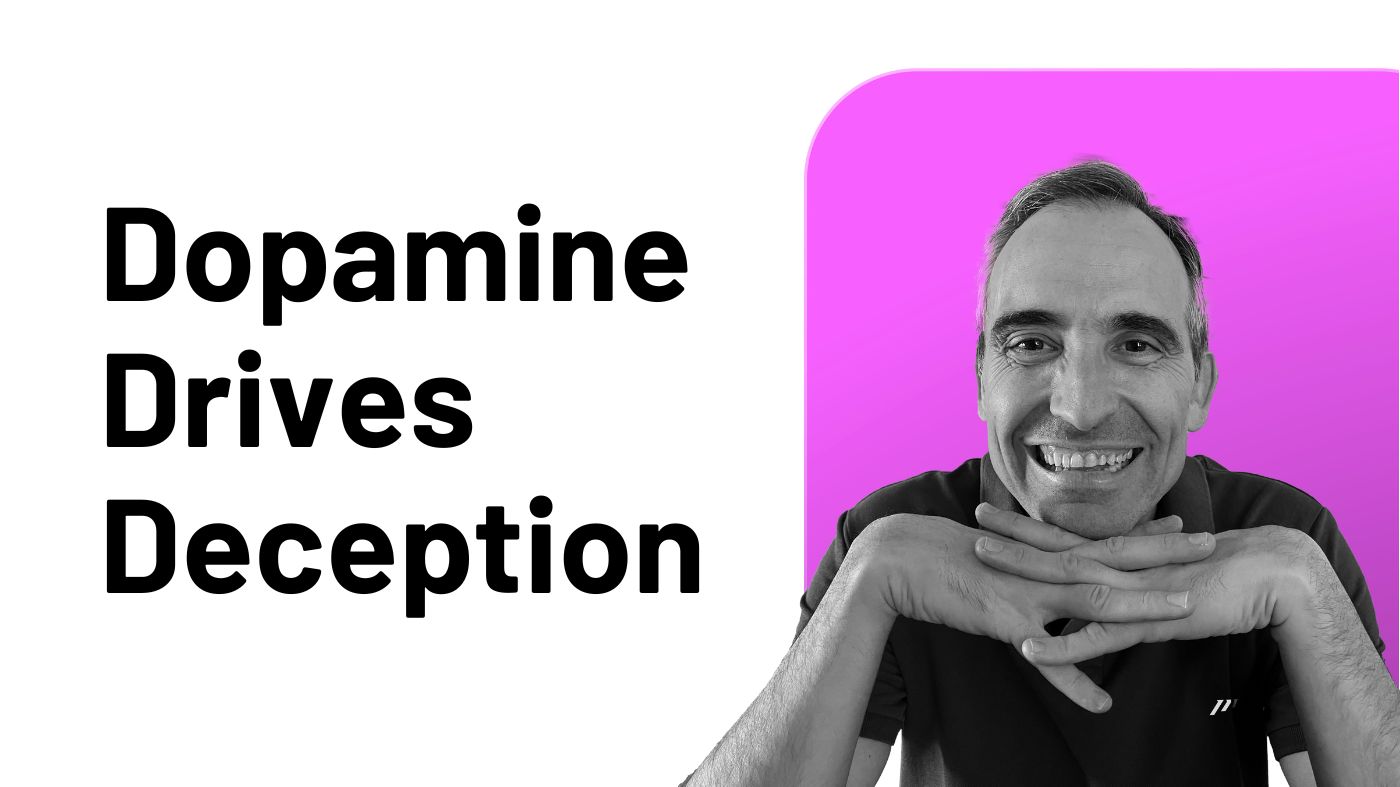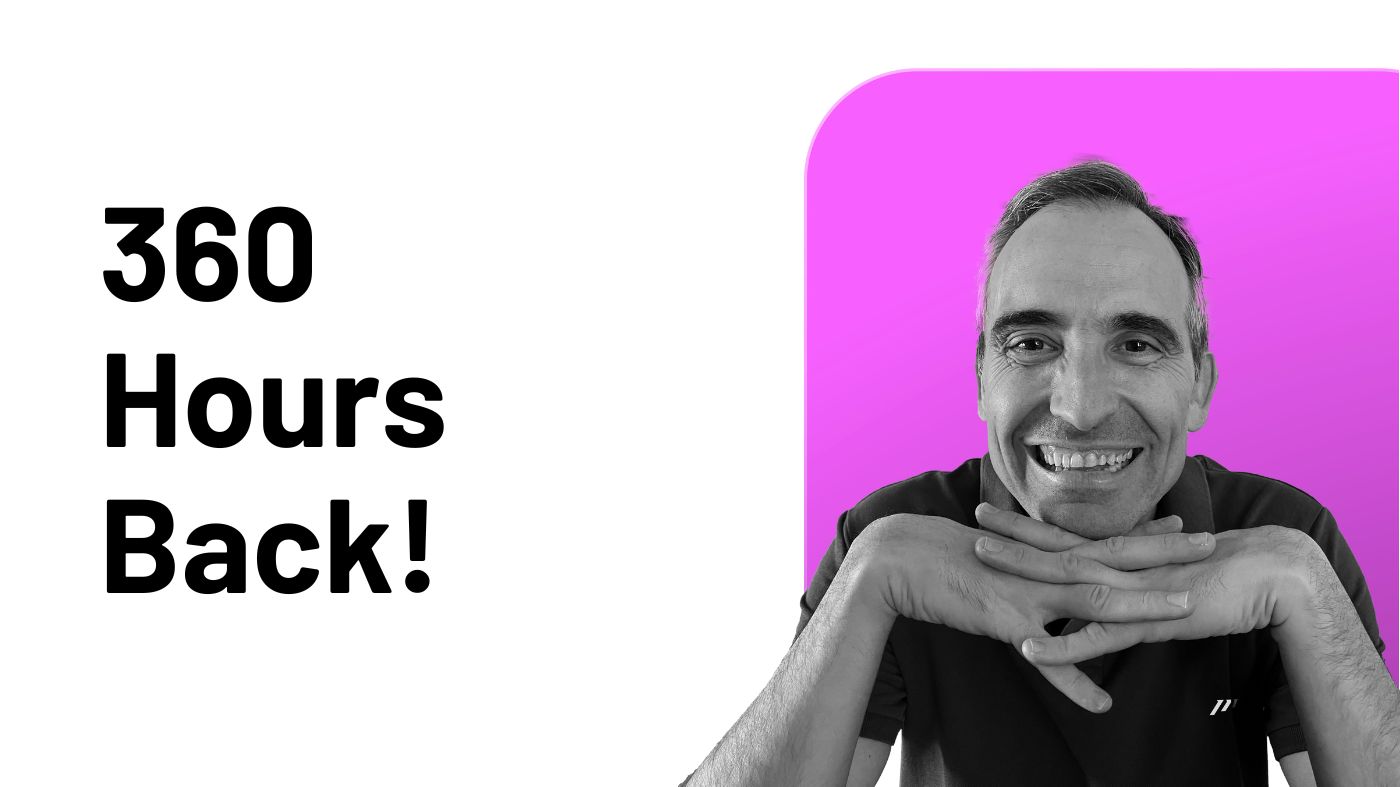As a busy professional, it’s important to continually strive for improvement, especially when it comes to your thinking.
By honing your thinking skills, you can enhance two crucial aspects of your work:
- Decision-making
- Communication
When you can distill your ideas more effectively, you gain greater clarity, which in turn helps things run more smoothly and increases your likelihood of success.
In this article, I’ll share a technique I’ve been using for decades to deepen my thinking process: outlining.
This technique is highly effective and can be applied to a wide range of scenarios, including preparing presentations, writing emails, creating proposals, or making important decisions.
Best of all, it’s easy to understand and can be easily implemented thanks to today’s fantastic tools, such as Workflowy or Tana.
So, let’s dive in and learn how to improve your thinking and enhance your business performance!
What Is an Outliner?
An outliner is a specialized software specifically designed for creating and editing outlines, which are text files with a tree-like structure.
These files consist of levels called “nodes” that are arranged in a parent-child relationship, similar to the members of a family tree.
One of the great things about using an outliner is that you can easily collapse or expand each node and move in and out of them as needed.
This makes it incredibly easy to navigate and organize your information in a way that makes sense to you.
To make the most of outlining, I follow three simple steps that help me stay organized and focused.
Step 1: List
Listing all the ideas in your mind can be a powerful tool for achieving clarity and peace of mind.
In this step, you simply write down all the ideas that come to mind without worrying about their order or level of detail.
This approach allows you to do a “memory dump” and release your brain of all the information that’s been taking up space.
For example, if you’re preparing a presentation, you might list all these items:
- Intro
- Takeaways
- 3 main points
- Real-life example
Once you’ve completed this step, you’ll feel a sense of release and calm. You’ll know you’ve done your homework and can now focus on just “improving” the details.
This improvement is what sets apart good from excellent work and can take you from just ok to brilliant.
By listing all your ideas, you’ll gain the clarity and focus needed to enjoy an empty and uncluttered mind, being ready to move on to the next step with confidence and purpose.
Step 2: Order
Now that you’ve listed all the main ideas, it’s time to start organizing them.
Building on the example we’ve been using, you might end up with an outline that looks something like this:
- Intro
- 3 main points
- Real-life example
- Takeaways
Once you’ve completed this step, things will become much clearer.
You’ll be following a logical thought process, and your ideas will be presented in a way that makes sense to both you and your audience.
By bringing common sense to the table, you’ll show your audience that you’ve thought things through carefully and have a clear action plan.
This is something they’ll appreciate and respect, and it can make all the difference to succeeding in your goals.
Step 3: Go Deep
Now, it’s time to dive deeper.
The beauty of an outliner is that you can easily drill down into a bullet point, with the rest of the content disappearing from view.
This allows you to focus solely on that item and gain clarity while forgetting about everything else for the moment.
Within any given item, you can replicate the same two previous steps (list and order) to facilitate the thinking process.
Using this same approach throughout, you’ll train your brain to follow a consistent pattern and streamline the process of generating and organizing ideas.
One of the key benefits of using an outliner is that you can easily move in and out of bullet points with your keyboard, avoiding friction and allowing you to zoom in and out as your brain demands.
Using an outliner makes the digital part of your brain work in harmony with the physical one. That way, you perform at your peak level, achieving a level of focus and clarity that will help you accomplish your goals easily.
Extra Golden Nugget
But there’s even more to give you even greater freedom and clarity!
You don’t need to follow the previous steps sequentially.
In fact, the beauty of outlining is that it’s a flexible technique that allows you to work in a way that feels natural and productive to you.
For example, if you’re suddenly inspired to think about the key takeaways from your presentation, you can go inside that item and start jotting down your ideas.
This kind of momentum can be incredibly powerful and can help you perform at your very best.
By using outlining in a flexible way that works for you, you can take advantage of your own creativity and inspiration as they strike.
This will help you achieve even greater levels of clarity and focus and ensure you’re always working at the top of your game.
Takeaways
Whether you’re writing an email, preparing a presentation, or simply structuring the content of an important call, the way you organize your ideas can make all the difference between success and failure.
That’s where outlining comes in as a powerful tool that can help you achieve great results in the least amount of time possible.
If you’re ready to take your communication skills to the next level, give outlining a try.
It can help you move your ideas from chaos to crystal clear, ensuring that you can share your thoughts and insights in a way that’s easy for others to understand.
Business professionals should be great thinkers and communicators.
Outlining can help you achieve both goals, giving you the tools you need to excel in your work and achieve your professional objectives.
So why not give it a try today and see the results for yourself?




